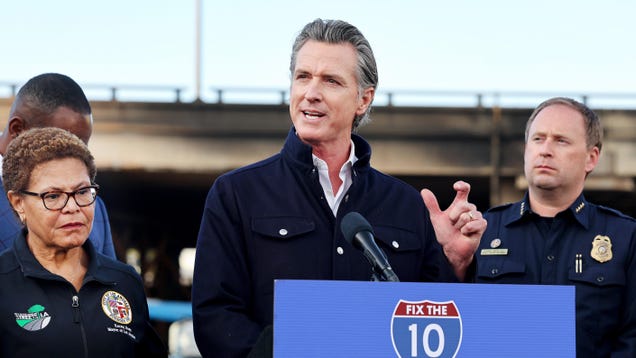The recent veto of California’s SB-961 by Governor Gavin Newsom has sparked significant debate about the future of vehicle safety regulations in the state. This bill aimed to mandate the installation of passive intelligent speed assistance systems in all vehicles manufactured, sold, or leased in California by the 2030 model year. Understanding the implications of this decision is crucial for various stakeholders, including consumers, manufacturers, and policymakers.
Understanding Passive Intelligent Speed Assistance Systems
Passive intelligent speed assistance systems are designed to enhance road safety by alerting drivers when they exceed speed limits. These systems utilize GPS and onboard databases to determine the speed limit of the road being traveled and provide warnings to the driver if they exceed that limit. The technology has been successfully implemented in various European countries, contributing to a notable decline in traffic accidents and fatalities.
According to a study published by the European Commission, countries that adopted such systems saw a reduction in road fatalities by up to 20%. This statistic underscores the potential benefits of implementing similar measures in California, where traffic-related deaths have been a growing concern.
The Rationale Behind SB-961
The proponents of SB-961 argued that the bill was a necessary step toward reducing traffic accidents and fatalities, particularly in urban areas where speeding is a significant issue. With California being home to some of the busiest roads in the nation, the need for innovative safety measures is more pressing than ever. Advocates highlighted that the bill would not only save lives but also reduce the economic burden associated with traffic accidents, which costs the state billions annually in healthcare and infrastructure repairs.
Moreover, the bill was seen as a progressive move toward embracing technology in the automotive industry. As electric and autonomous vehicles become more prevalent, integrating advanced safety features like speed assistance systems could position California as a leader in automotive innovation.
Concerns and Opposition
Despite the potential benefits, the bill faced substantial opposition from various stakeholders, including automotive manufacturers and rural district representatives. Critics argued that the mandate could impose significant costs on manufacturers, particularly smaller companies that may struggle to comply with such regulations. Additionally, rural districts expressed concerns that the technology might not be suitable for all driving environments, where speed limits can vary widely and are often less strictly enforced.
The veto has raised questions about the balance between safety regulations and economic feasibility. While the intention to enhance road safety is commendable, the practical implications of such mandates must also be considered. The automotive industry is already undergoing significant transformations, and the introduction of new regulations could further complicate an already complex landscape.
Future Implications for Vehicle Safety Regulations
Governor Newsom’s decision to veto SB-961 does not signal the end of discussions surrounding vehicle safety in California. Instead, it opens the door for a more nuanced approach to integrating technology into vehicle safety regulations. Policymakers may need to consider alternative strategies that encourage voluntary adoption of safety technologies while providing incentives for manufacturers to innovate.
One potential avenue could involve partnerships between the state and automotive companies to develop pilot programs for intelligent speed assistance systems. By allowing manufacturers to test these systems in real-world scenarios, California could gather valuable data on their effectiveness and practicality before implementing broader mandates.
Additionally, public awareness campaigns could play a crucial role in promoting safe driving behaviors. Educating drivers about the benefits of speed assistance technologies and encouraging their use could lead to a cultural shift toward safer driving practices without imposing stringent regulations.
In conclusion, while the veto of SB-961 may seem like a setback for vehicle safety advocates, it presents an opportunity for a more collaborative and thoughtful approach to road safety in California. By balancing innovation with practicality, the state can continue to lead the way in automotive safety while addressing the concerns of all stakeholders involved.

